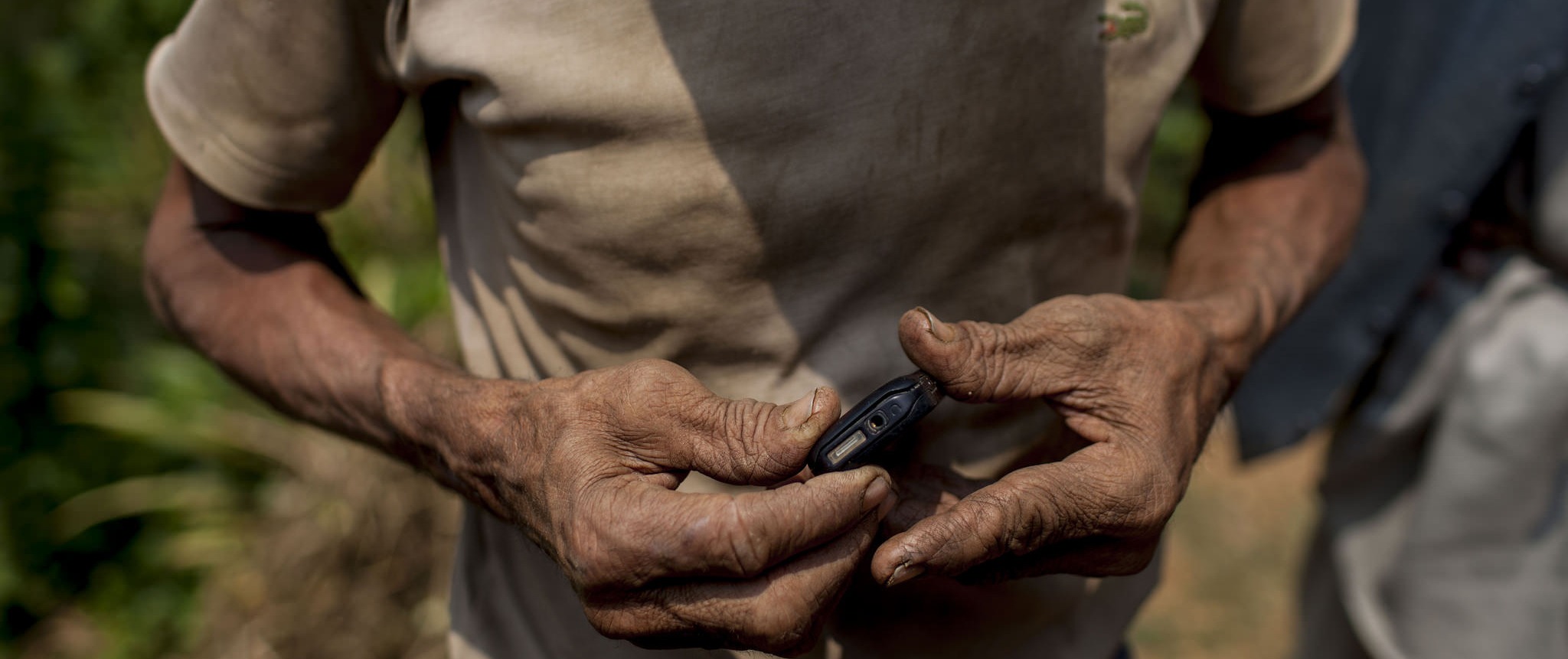Thanks to the growth of the mobile Internet, there are now three percentages that are relevant to the digital divide globally: 94, 48, and 28.
All three are amazing.
Mobile telephony grew faster than almost anyone would have predicted 15 years ago, to the point where at least 94% of the world’s population receives a signal. The great news is that, as fast as mobile telephony took off and leap-frogged fixed telephony in the developing world, the mobile Internet has taken off even faster.
Internet access can be added to a mobile network with far less investment than building the original network, leading to a rapid rollout of mobile Internet service that already covers at least 48% of the population worldwide. And from a standing start just six or seven years ago, more than 28% of the population worldwide have already subscribed.
These numbers mask significant regional variation, of course. In developed Asia Pacific, 99% of the population has a 3G signal, and 103% have subscribed, given multiple subscriptions for some. On the other hand, in Sub-Saharan Africa, where 84% of the population has a mobile signal, 35% have a 3G signal, and so far only 8% have adopted (see below).
The common thread in all developing regions is that availability of Internet is no longer the limiting factor – it is always greater than adoption levels, and can relatively easily grow to cover the entire mobile network if needed. The key question should be why potential users who could have service have not taken it?
The answer is two-fold. First, of course, affordability is a key issue, where in some countries broadband still costs 10% or more of average monthly income and is thus out of range for most. Second, though, is relevance. Is there content available in the local language? Is it of interest? Useful? If the answer to these questions is no, then chances are many who could afford Internet access will spend their time and money elsewhere.
The mobile Internet is not just changing the way we think about development, it is evolving how we consume, and create, content online. Rather than browsing, increasingly we use apps, which are convenient and enable us to easily access all of the features built into a smart device – including location, video, and environmental sensors. Apps also can provide a global marketplace to sell content through app stores, increasing the availability of content that may bring more online.
Unfortunately, not every country has access to every app store, and not every app store has access to every app.
So what can be done to help these regions clear these final barriers to fully embrace the Internet and its advantages?
With regards to cost, governments can help by removing any barriers to connectivity, such as high costs for deploying infrastructure, and managing spectrum efficiently to promote innovative uses, particularly in underserved rural areas. Additionally, governments should remove taxes on equipment, devices, and services that act to depress demand. Finally, promoting the local hosting of content can avoid the use of relatively expensive international capacity to access content, lowering the cost of usage accordingly.
Hosting content locally will also lower latency, and thereby increase the usage, and relevance, of the existing content. To help increase the amount of available content, governments should remove unreasonable legal challenges that might inhibit content creation or availability, helping to equalize the user experience around the globe. Governments can also help to promote content creation by developing their own mobile services, hosting them locally, and promoting the capacity building to support these activities.
Greater accessibility to apps will also promote adoption and usage, and in this we encourage more use of web apps. A web app enables developers to create websites with advanced features that can be installed on a mobile device with an icon similar to existing apps. Developers can create one web app for all platforms – consumers can easily move between platforms the way they switch browsers today – and new platforms can enter and compete on more of an even ground.
As we collectively celebrate the amazing numbers already achieved by the mobile Internet in closing the digital divide, we should also work hard, together, to make sure that the remaining challenges are met in order that existing and new users enjoy a mobile Internet that delivers the hope and promise the Internet can bring to everyone.
For a broader discussion of these issues, please check out the Internet Society’s Global Internet Report 2015, which delves deeper into mobile’s impact on the digital divide and a host of other issues related to the mobile Internet.

